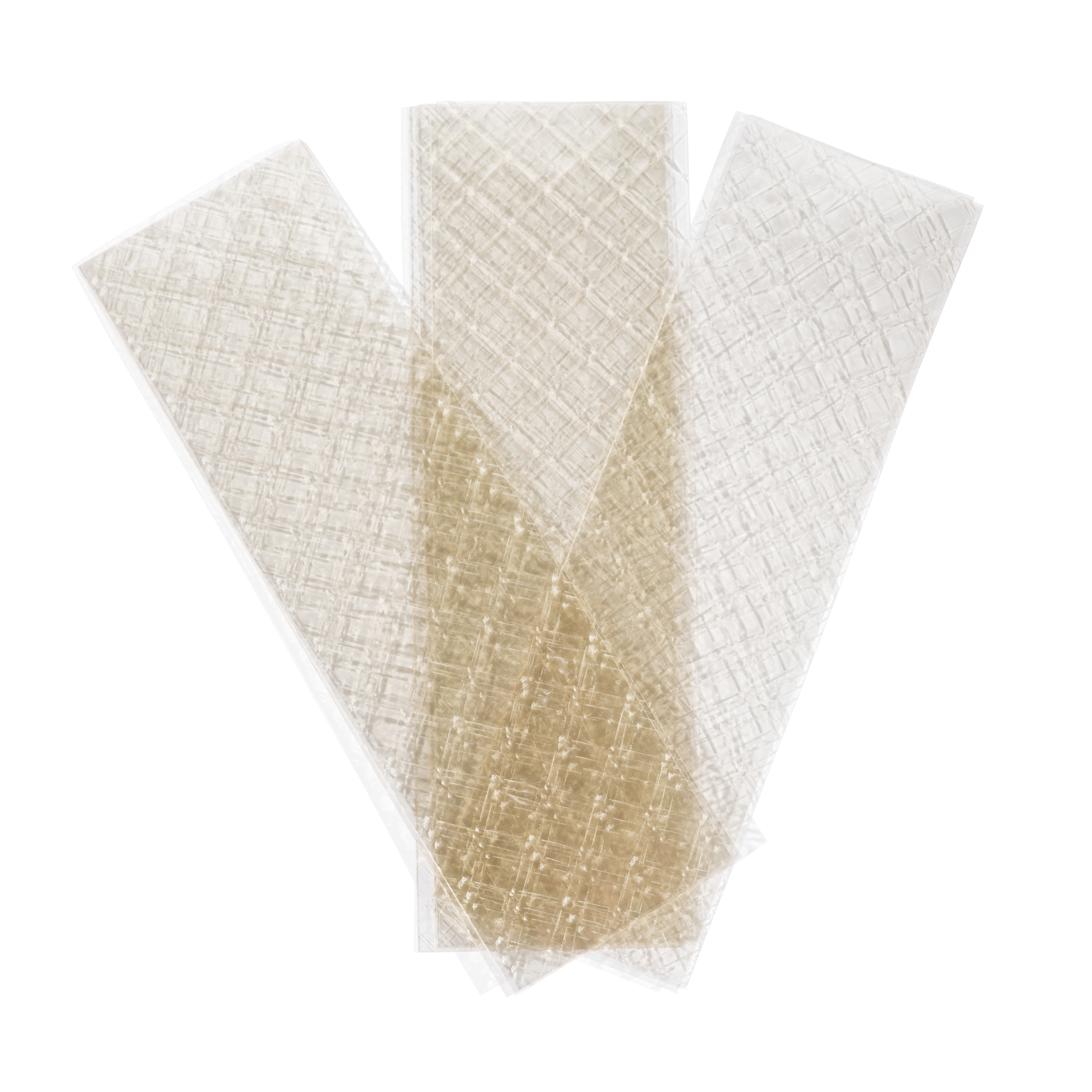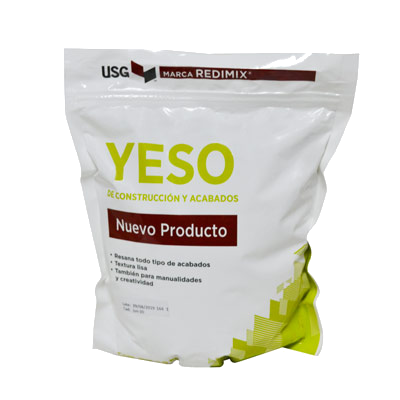According to the technical datasheet for this product, it does not contain any hazardous agent.
The main safety indications are:

According to this wikipedia entry, gelatin or gelatine (from Latin: gelatus meaning "stiff" or "frozen") is a translucent, colorless, flavorless food ingredient, derived from collagen taken from animal body parts. It is brittle when dry and gummy when moist. It may also be referred to as hydrolyzed collagen, collagen hydrolysate, gelatine hydrolysate, hydrolyzed gelatine, and collagen peptides after it has undergone hydrolysis. It is commonly used as a gelling agent in food, medications, drug and vitamin capsules, photographic films and papers, and cosmetics.
Because this is a food product, it is not hazardous nor toxic. No special safety measures are required to manipulate this material.
Special care must be taken when preparing the gelatine because it must be mixed with boiling water. Main measure would be to use heat resistant gloves when preparing.
No measures needed for disposal either.

Plaster is a common construction and crafts material widely available. It is relatively safe to manipulate and easy to wash. It may cause mild skin irritation in some cases.
According to the plaster datasheet this product is not expected to produce any unusual hazards during normal use. Exposure to high dust levels may irritate the skin, eyes, nose, throat, or upper respiratory tract.
Plaster is water soluble. It is prepared with water, and dries quickly.
Disposal requires no special measures. According to the datasheet:
POTENTIAL ENVIRONMENTAL EFFECTS: Toxicity studies performed with fish, aquatic invertebrates and aquatic plants showed no toxic effect.
Ingestion: no treatment required.In case of:
-Inhalation: Remove to fresh air. Leave the area of exposure and remain away until coughing and other symptoms subside. Other measures are usually not necessary, however if conditions warrant, contact physician.